When we're building a new home or sprucing up an old one, the water system is a big deal. It's all about getting fresh water to your taps and sending the used stuff on its way safely. Picking the right pipes is key to keeping this system running smoothly for years to come. With all the tech advancements, we've got a bunch of pipe options now, each with its pros and cons. This article will walk you through the different types of pipes out there, like metal, plastic, and composite, and help you get a grip on what they're good for and when to use them.
Metal pipes are the backbone of water systems, known for their strength and ability to handle pressure. Let's dive into the different kinds of metal pipes and how they fit into modern buildings.
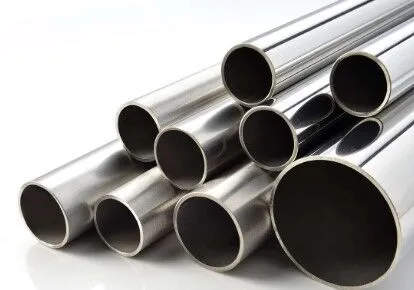
Steel pipes are a go-to for their durability and pressure handling.
Regular Steel Pipes: These are budget-friendly and work for non-drinking water or general water lines, but they rust easily, so they need some TLC. In damp conditions, they won't last as long.
Galvanized Steel Pipes: These have a coating that fights rust and corrosion, making them great for drinking water and industrial lines with high water quality demands. The coating keeps the inside of the pipe from corroding and helps them last longer.
Seamless Steel Pipes: These are for the heavy hitters, with pressures over 1.6MPa. They're reliable because they're one solid piece, but they come with a higher price tag.
Threaded Connections: Good for galvanized pipes, you just screw them together. It's easy to do, but there's a chance of leaks, so you need to use high-quality fittings.
Welding: For non-galvanized pipes, this makes a tight, leak-free joint. It's quick to do, but once it's done, it's done. It's great for places where you don't need to take things apart, like underground systems.
Flange Connections: These are for the big pipes and are often used to connect valves and stuff. They're easy to take apart and fix, which is handy for systems that need regular maintenance.
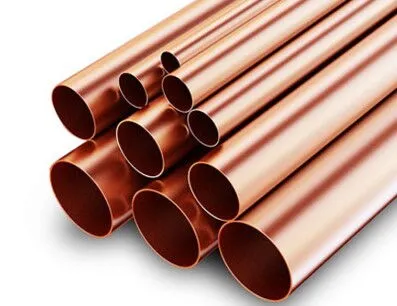
Copper pipes are a favorite in high-end buildings because they don't rust, fight bacteria, and are easy to work with.
What's Great About Them: Copper pipes can hang tough in all sorts of conditions and keep bacteria at bay, keeping your water clean. They're especially good in hospitals and other hygiene-focused places.
Where They Shine: They're great for high-temperature, high-pressure situations, like heating systems and fancy homes' water lines. They can handle hot water without a problem.
Keeping Them in Shape: Copper pipes need regular cleaning and care to stop the green stuff from forming. Maintenance is pretty straightforward, but it's best left to the pros.
Plastic pipes are a hit because they're light, don't rust, and are cost-effective. Let's chat about the types, what they're good at, and how they fit into modern buildings.
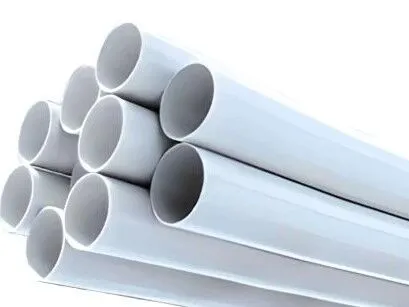
UPVC pipes are loved for being lightweight, corrosion-resistant, and a breeze to install.
The Lowdown: They're super stable chemically, can't be eaten away by acids, bases, salts, or oils, and have smooth walls for better water flow. They're easy to carry and put in place.
Where They're Used: They're good for water that's not too hot, up to 45°C, and are a common sight in buildings for water supply and drainage. They're a budget favorite for homes.
How to Connect: You can glue them together, use rubber rings, or screw them in. Gluing works for smaller pipes, and rubber rings are better for the bigger ones.
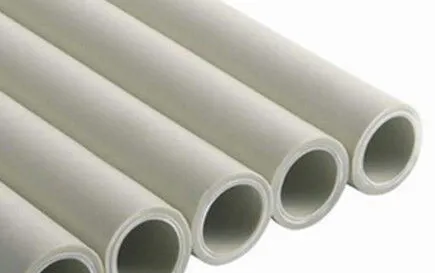
PP pipes are for systems that don't need more than 0.6MPa pressure and temps under 70°C.
The Scoop: They can handle chemicals and heat, making them perfect for hot water systems. They're great for pipes that carry hot water.
Where They're Handy: They're used in homes and businesses for water supply, and in industries for water systems. They can handle the chemical abuse in the chemical industry.
Connecting Them: They use a hot melt socket joint, and when connecting with metal fittings, you use polypropylene fittings with metal inserts. It's a reliable way to connect PP pipes.
Composite pipes are a mix of the best of both worlds, metal and plastic, giving you a more well-rounded option. Let's look at why they're special, where they fit in, and how they meet the needs of modern buildings.
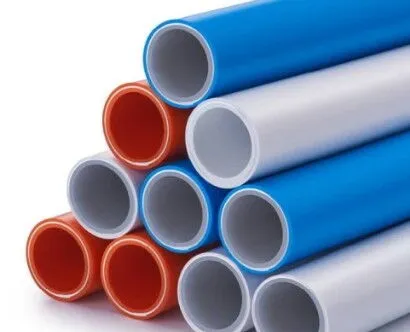
These pipes combine the pressure resistance of metal with the corrosion resistance of plastic.
What's Good: They're good at handling pressure and fighting corrosion, but they don't do so well with heat and pressure. They're great for systems with high water pressure.
Where They Fit: They're used for water supply in buildings, but because of expansion and contraction over time, they can leak, and their popularity is dwindling. They're good for general water systems.
How to Connect: They usually use a threaded ferrule compression, and the fittings are often made of copper. It's a quick way to connect and works well for these pipes.
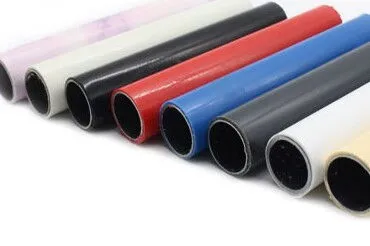
These pipes have a layer of plastic lined (or coated) on the inside of the steel pipe.
The Goods: They've got the best of both worlds, metal and plastic, so they're pressure-resistant and corrosion-resistant. They're great for a variety of environments.
Where They Work: They're used in all sorts of water supply and drainage systems, especially for moving corrosive stuff. They're great for chemical industry pipelines.
Connecting Them: They usually use threaded connections, and the fittings are often steel plastic as well. Threaded connections are reliable and work well for these pipes.
After looking at metal, plastic, and composite pipes, let's check out the new kids on the block. With tech moving forward and materials science innovating, these new pipes are making their mark with top-notch performance and eco-friendliness.
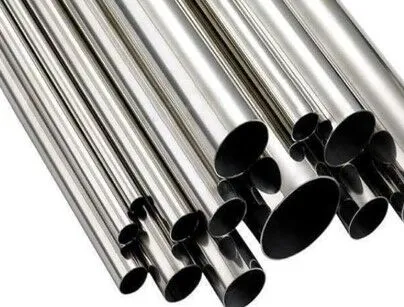
These pipes are the new trend for water supply systems because they're super strong, don't rust, and keep heat well.
What's Hot: They won't mess up your water quality, meeting direct drinking water standards. They can handle all sorts of water conditions.
Where They Rock: They're used in high-end homes, hospitals, schools, and other places where water quality is key. They're perfect for the water systems in fancy buildings.
How to Connect: They use a clamp connection, which is cheap and fast to install. It's a quick and reliable way to get these pipes in place.
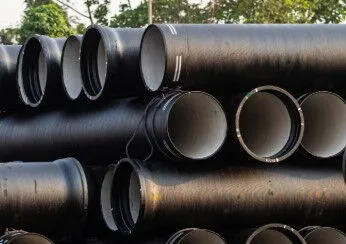
Ductile iron pipes for water supply are corrosion-resistant, easy to install, last a long time, and don't cost an arm and a leg.
The Perks: They resist corrosion, are strong, and are great for burying. They can handle all sorts of environments.
Where They're Used: They're often used in water pipes that are 75mm or bigger, especially for burying. They're cost-effective and corrosion-resistant, making them great for big water systems.
Connecting Them: They use rubber ring mechanical joints or socket joints, and they can also use threaded flange connections. The rubber ring mechanical joint is a reliable way to install these pipes.
Picking the right pipes for your building's water system is a big decision. You've got to think about the pressure, corrosion, heat, how you connect them, and how much maintenance they need. You should also keep an eye on what's new in pipes because tech is always changing. This way, you can make sure your system runs smoothly and your water stays safe.
